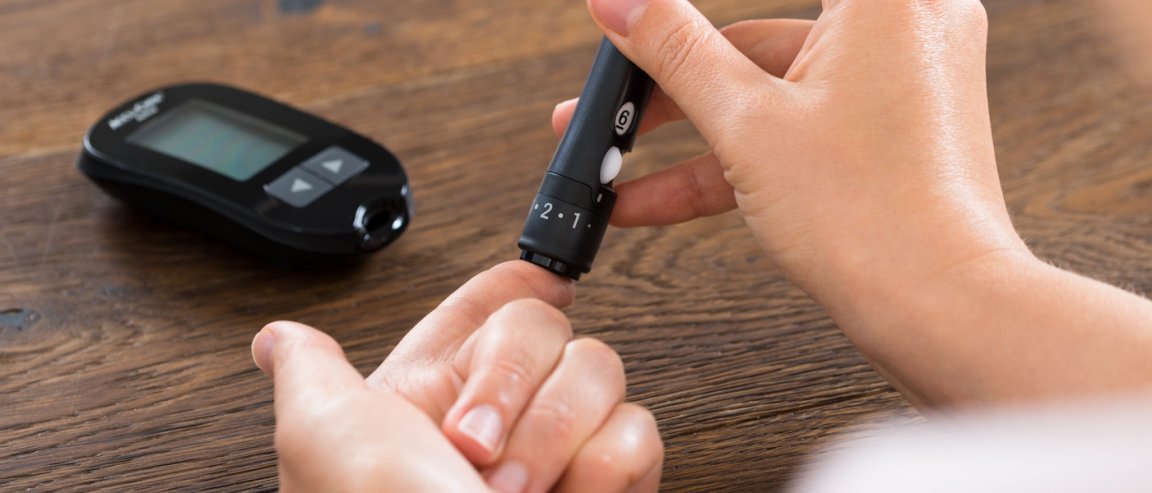
With Promising Potential
No matter how modern the world has become, there are certain ailments that continue to persist. One of these is diabetes, and according to the World Health Organization (WHO), there are now over 422 million people in the world suffering from it. Generally characterized as a problem in blood sugar levels, diabetes has two variants — an insulin-dependent one, known as type 1 diabetes (T1D), and type 2 diabetes that’s non-insulin-dependent.
In the United States, the Juvenile Diabetes Research Foundation reports that about 1.25 million people have T1D. The cause of this particular diabetes variant still remains unknown, and treatments generally involve pumping insulin daily into the patient’s body. As such, there’s still no known cure for T1D. However, researchers from the University of Miami Leonard M. Miller School of Medicine in Florida may have just made it possible to develop one.
In a study published in the New England Journal of Medicine, the researchers described how clinical trials involving pancreatic islet cell implants to the omentum — the tissue covering organs in the abdomen — shows promise in treating T1D. “Islet transplantation can restore euglycemia and eliminate severe hypoglycemia in patients with [T1D],” the researchers wrote. “The omentum has a dense vascularized surface for islet implantation, drains into the portal system, and is easily accessible.”
Insulin Independence
Pancreatic islets are endocrine cell clusters found throughout the organ, which is normally involved with insulin and glucagon production in healthy individuals. The researchers found that using donor islets combined with a T1D patient’s own blood plasma makes for effective islet implants into the omentum. This works better than previous attempts to implant islets in the liver, which could cause inflammation. The omentum then becomes sort of a mini-pancreas that could produce insulin for T1D patients. “The results thus far have shown that the omentum appears to be a viable site for islet implantation using this new platform technique,” lead author David Baidal told Endgadget.
The patients involved in the clinical trials were weaned off from their usual dose of insulin 17 days after the transplant. Their glucose levels subsequently showed improvements. “At 12 months, in response to a 5-hour mixed-meal tolerance test, the 90-minute glucose level was 266 mg per deciliter (14.6 mmol per liter); this level decreased to 130 mg per deciliter (7.1 mmol per liter) at 300 minutes,” according to the study.
While this isn’t the only research out there that tries to solve the problem of diabetes, it’s certainly the first that’s given patients a steady supply of insulin from inside their bodies, setting them free from their insulin injections. Similar studies have also been conducted to remove the dependence of type 2 diabetes patients from their usual medicines.
It would still take some time, however, before the actual feasibility of this treatment is determined. “Data from our study and long-term follow up of additional omental islet transplants will determine the safety and feasibility of this strategy of islet transplantation, but we are quite excited about what we are seeing now,” Baidal said.